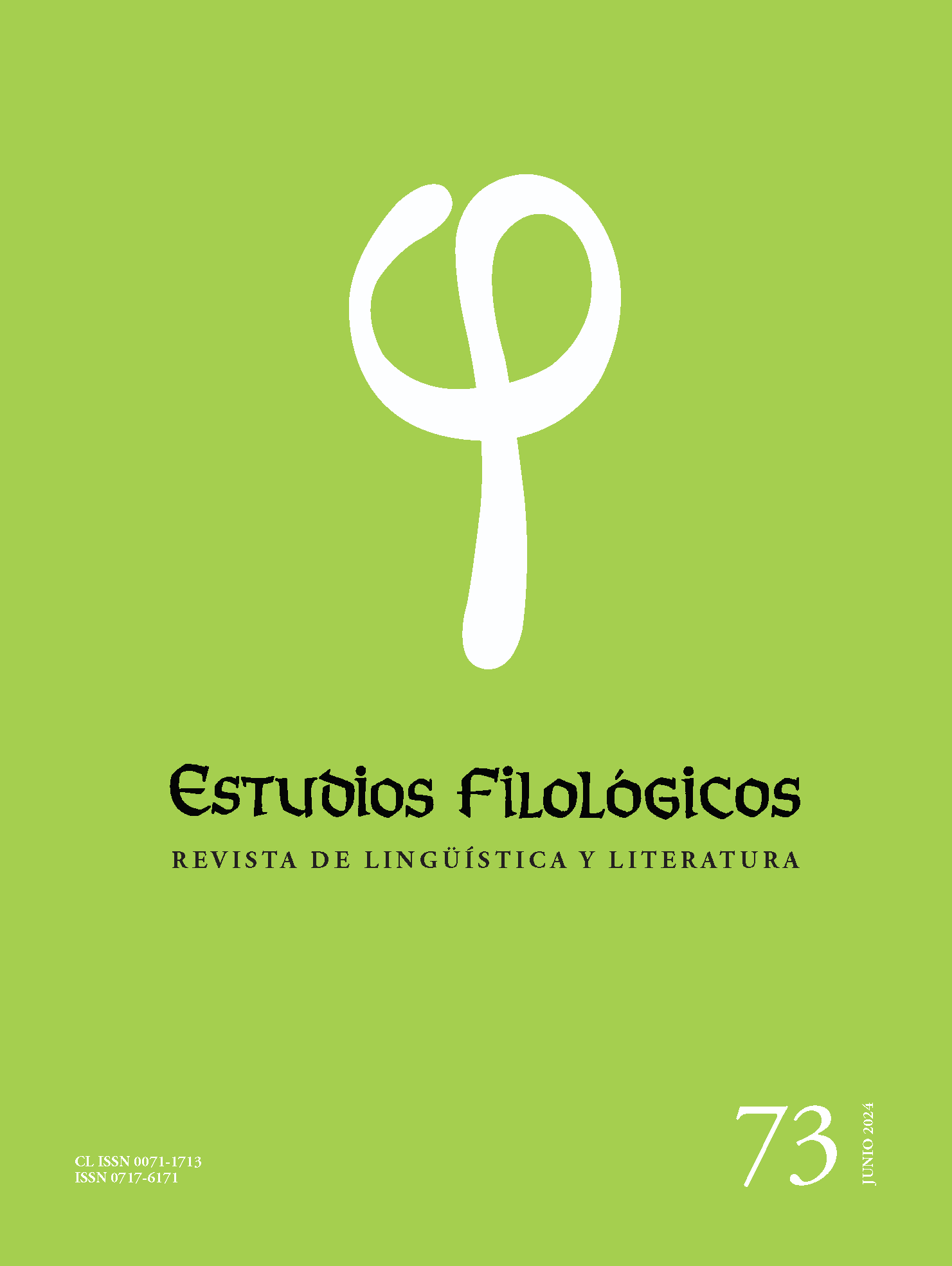Luz y paisajes en las novelas Al faro, El mocho y Lumpérica
Contenido principal del artículo
Resumen
Al faro de Virginia Woolf, El mocho de José Donoso y Lumpérica de Diamela Eltit son tres novelas que, mediante el tratamiento de la luz, deconstruyen al sujeto y al paisaje. Este hecho implica un giro radical con respecto al paisaje decimonónico, en la medida que se abre a una forma de construcción en el espacio literario que fisura la relación sujeto-objeto difuminando, desbordando o multiplicando las formas. La lectura comparada de estas obras se sustenta en los aportes de autores como Joan Nogué (2007) y Javier Maderuelo (2007), quienes establecen que los paisajes son construidos culturalmente, y en los trabajos de Michel Foucault, Giorgio Agamben y Gilles Deleuze para pensar los paisajes como dispositivos que, mediante la puesta en circulación de la luz, producen visibilidades que dan forma al sujeto y al propio paisaje.

